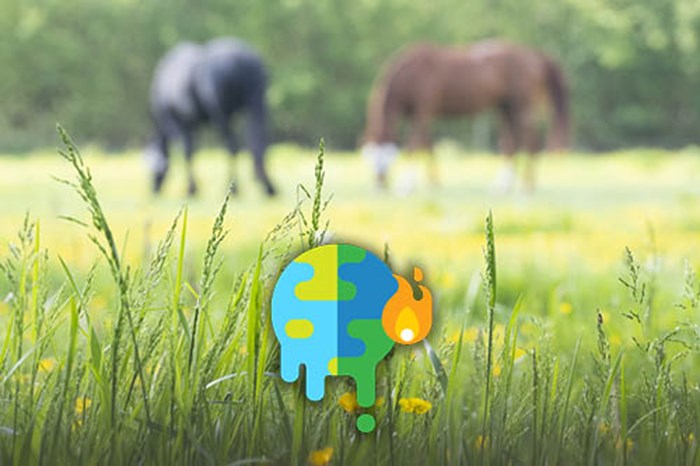

Westgate's business ethos has always included local environmental improvements wherever possible, including developing a 135 acre nature reserve. We're passionate about the wider world we live in and running an ethical business.
We are constantly assessing the business to make environmental choices where we can.
Process and Packaging
- In 2024 we replaced the polystyrene moulded sample pot with an innovative bio material. Our new, green sample pots are made from plant based ingredients that are 100% compostable, enabling us to make our entire range of test kits 100% sustainable, plastic free and zero waste.
- In 2020 we launched compostable packaging for our retail packs based on a unique zero waste design for the consumer. We also upgraded all packaging for our direct lab services to reusable and compostable packaging, reducing our waste to landfill by around 75%.
- In 2019 we undertook a comprehensive review of our packaging to help minimise waste and eliminate unnecessary plastic and recycle where we can.
- Housed our business in a renovated piggery building on the family farm, purpose designed with a focus on energy efficiency.
- We use sustainably sourced print from ethical businesses that champion environmentally friendly practices such as recycling and waste management.
Caring for Dung Beetles
We seek opportunities to promote the benefits of sustainable parasite control and how to better manage grazing to reduce parasite infection while also preserving habitat for dung beetles and other wildlife. Find out more using the links below:
- Targeted parasite control to take care of dung beetles
- How dung beetles could revolutionise your pasture
- Poo-picking for parasites but what about the dung beetles
- Management tips for horse health and grazing land
Our Nature Reserve - FEN LETCH
135 acres of land was returned to the farm from open cast mining industry that had worked the area for the last 30 years. The largest hole in Europe was once in our back garden! Rather than see it all put back into the harness of intensive farming we decided we would like to allow our piece of it to regenerate more naturally and, as the RSPB say, give nature a place. Watch the video below.
We've named the reserve Fen Letch after the stream that runs through the valley (letch being a Northumbrian term for a long, narrow marsh in which water moves slowly among rushes and grass). 50 acres have been planted with mixed native woodland species including alder, birch, oak, willow, hazel, rowan, blackthorn, hawthorn, rose and crab apple. Pines have been added into the mix in places in the hope of extending the habitats of nearby red squirrels.
Fen Letch opens out in several places to form three large ponds and the remaining acreage is made up of wetland, grassland and thicket areas. Already this contains a wide variety of species including wild orchids, birds foot trefoil, toad flax, oxeye daisies, knap weed, primroses, cowslip and bulrushes.
It is all still a very new landscape that is only just finding its feet and it’s been fascinating to see how much it has developed in five short years. Some of the first trees planted in 2016 are pushing up above head height while slower growing varieties are only beginning to peep over the top of their protective tubes. We plant around 500 additional trees each season - which sounds a lot but looks like a drop in the ocean out in the field! Four mature trees will offset one tonne of CO2 and so we are planting our future to sequest more carbon than we use.
New neighbours that we’ve sighted include roe deer, fox, badger, hare and small mammals as well as frogs, toads and amphibians. The reserve is alive with bird song and keen eyes have spotted barn owl, short eared owl, curlew, lapwing, skylark, oyster catchers, heron and seabirds, plus migrating geese, ducks and swans. There are also a plethora of smaller tits, finches, linnets, warblers, wrens, swifts, swallows and sparrows. On warm still days the air swarms with dragonflies, damselflies, butterflies and moths.
A public bridleway runs through the site and both staff and locals enjoy walking and riding through the paths that David maintains on his tractor.
By supporting Westgate not only are you looking after your horse’s health you will also be contributing to:
- Fighting climate change
By removing CO2 from the atmosphere and locking it up, trees help to combat climate change. Recent studies have found that trees may be the best way to stabilise our climate. - Creating wildlife habitat
Trees and natural spaces provide important habitats for wildlife and are fundamental to the survival of many species. - Maintaining local water sources
Trees hold water, prevent flooding, restore underground reservoirs and maintain water vapour in the air, increasing the chance of rainfall and reducing drought and soil erosion. - Cleaning the air
Humans breathe in oxygen and breathe out carbon dioxide, trees do the reverse – cleaning the air that we breathe. Trees also absorb pollutants such as nitrogen oxides, ammonia, sulphur dioxide and ozone. - Creating a seed source for the future
Natural regeneration of trees is only possible where a viable seed source remains. Planting in areas without a seed source means the forest will be able to succeed itself once established. - Enhancing the landscape
Trees and wild spaces make beautiful spaces to enjoy. Research shows that time spent outside is good for our health and wellbeing.
We're passionate about the wider world we live in and running an ethical business.
Our entire range of test kits are plastic free, 100% sustainable and zero waste.
We've also created a nature reserve on our small holding where the lab is based for habitat creation to help bring back plant and wildlife species to the countryside we love.